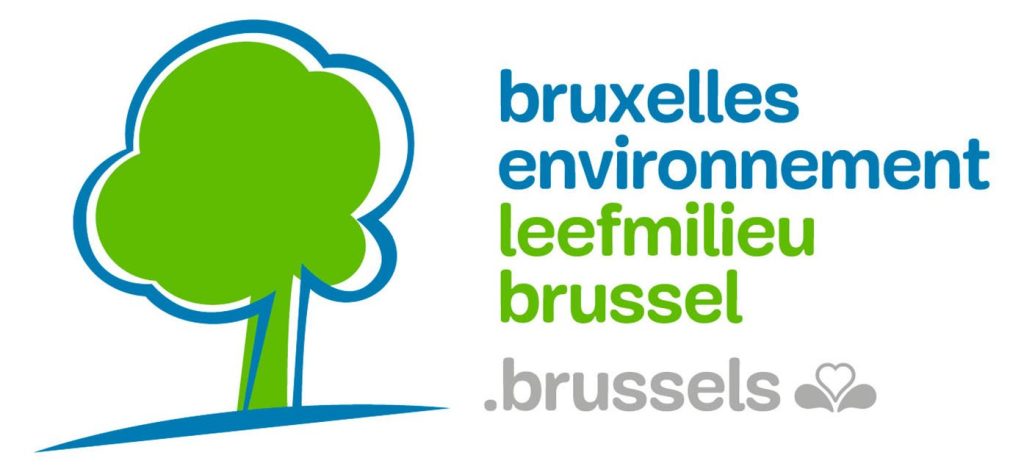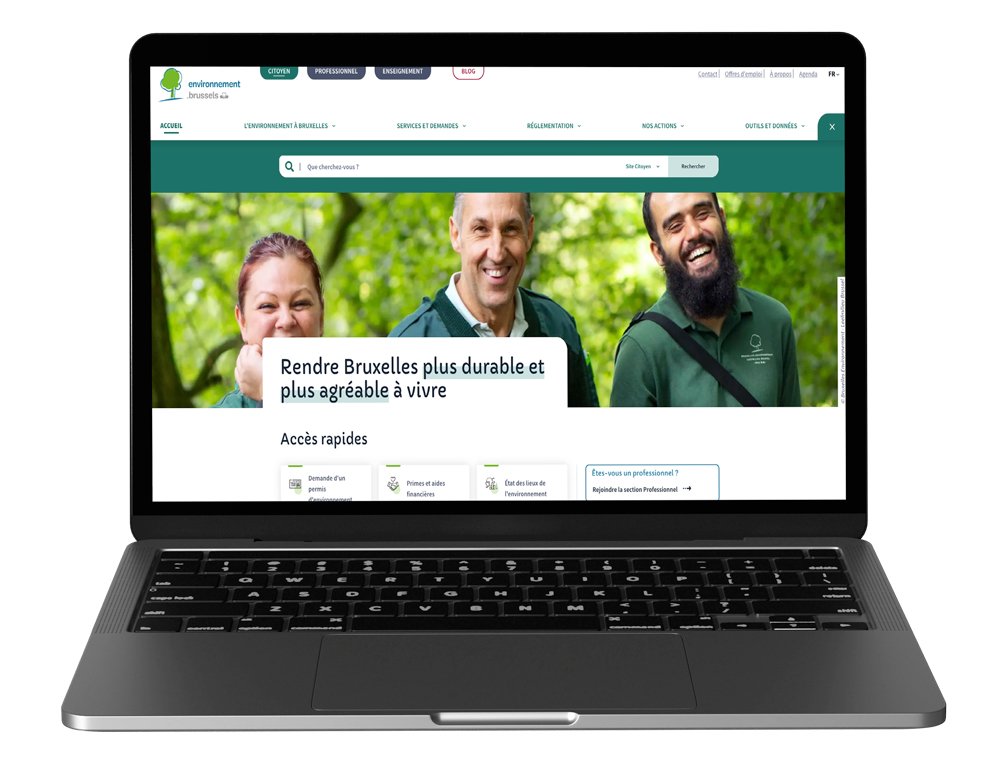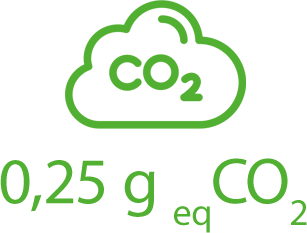Home » Cas clients » Brussels Environment – Ecobuild

part of its digital transformation, Brussels Environment has set itself the objective of being exemplary in terms of digital sobriety. Numerous projects are underway using a ‘life cycle’ approach, which takes into account the manufacture, use and end-of-life of digital equipment and services.
In parallel with this exemplary approach, Bruxelles Environnement is working closely with Paradigm (a public interest organisation involved in digital transformation in the Brussels-Capital Region), which has launched the regional initiative Numérique Responsable. The aim of this initiative is to reduce the environmental footprint of the digital sector in the Brussels-Capital Region through a number of initiatives, but also to promote digital solutions that serve the ecological transition.
It is in this context that it seemed obvious to us to integrate eco-design into this project for a complete overhaul of the environment administration’s showcase website.
At various points in the special specifications, the notion of digital sobriety was mentioned as an integral part of the values of Brussels Environment :







Caroline Smeyers – Gestionnaire Web
![]()
– ‘Despite the fact that the new graphic identity had already been defined, we asked Greenspector to carry out an audit of the website’s graphic mock-ups. We knew that these had a strong impact on eco-design and we wanted to do everything we could to adjust them before launching the developments. It’s also worth noting that we had already made a commitment to choose a local provider of hosting services that uses green energy.
– ‘Following the audit and the good practices recommended by Greenspector, we tried to find a balance between the application of eco-design and the requirements linked to the other objectives of the project (for example, that of guaranteeing a pleasant and warm user experience).
In terms of good technical practice, Greenspector helped us to identify the functionalities impacted and how to develop them in line with eco-design’.
– ‘Following the audit of the graphic mock-ups, we wanted to benefit from the advice of the ecodesign expert to support the development team for 2 days per sprint (of 3 weeks). His role was to identify the key actions and then to choose from among the most frugal and sensible solutions to implement’.
– ‘Greenspector provides a measurement tool that enables us to assess the gradual evolution of the good practices implemented and to identify any readjustments needed to achieve greater sobriety.’

Laurent Devernay
Responsible Digital Consultant
As part of a continuous improvement approach, we launched an initial audit on a sample of 30 pages from the original site. This enabled us to identify the best practices to be implemented and establish an environmental budget for the project. Subsequently, the pages equivalent to these 30 pages were measured daily (monitoring) as they were developed. In addition, here are two articles on the process of measuring and evaluating pages:
![]()
– ‘The development provider saw this close support as a great opportunity to learn about this subject, which is still fairly new in Belgium. That said, a word of advice to others: make sure you clarify the roles and responsibilities within the collaboration and express the need for specific developments in a very precise way beforehand.
If you don’t clearly define the range of additional tasks required to apply eco-design with your developer from the outset, you run the risk of unpleasant budgetary surprises during the course of the project’.
– ‘Yes, thanks to the work put in by the developers and the close collaboration with the ecodesign expert, we achieved a very fine result for the majority of the good practices implemented.’
– ‘It’s important during maintenance to remain constantly vigilant so that good eco-design practices remain in mind during any new development and when creating new graphic elements. It’s true that with the more general knowledge we have in-house, it’s not always easy to guarantee and above all to ensure that the right reflexes are applied at all levels.’

Laurent Devernay
Responsible Digital Consultant
![]()
– ‘Integrate ecodesign right from the start of your project, even at the ideation stage. To ensure the success of your project, get support or train the teams who will have to work with this approach. It’s wrong to think that ecodesign only affects the technical development of a site’.
Would you like to assess the environmental impact of your digital service? Would you like to obtain Greenspector Digital Sobriety certification?
Author

Share this article